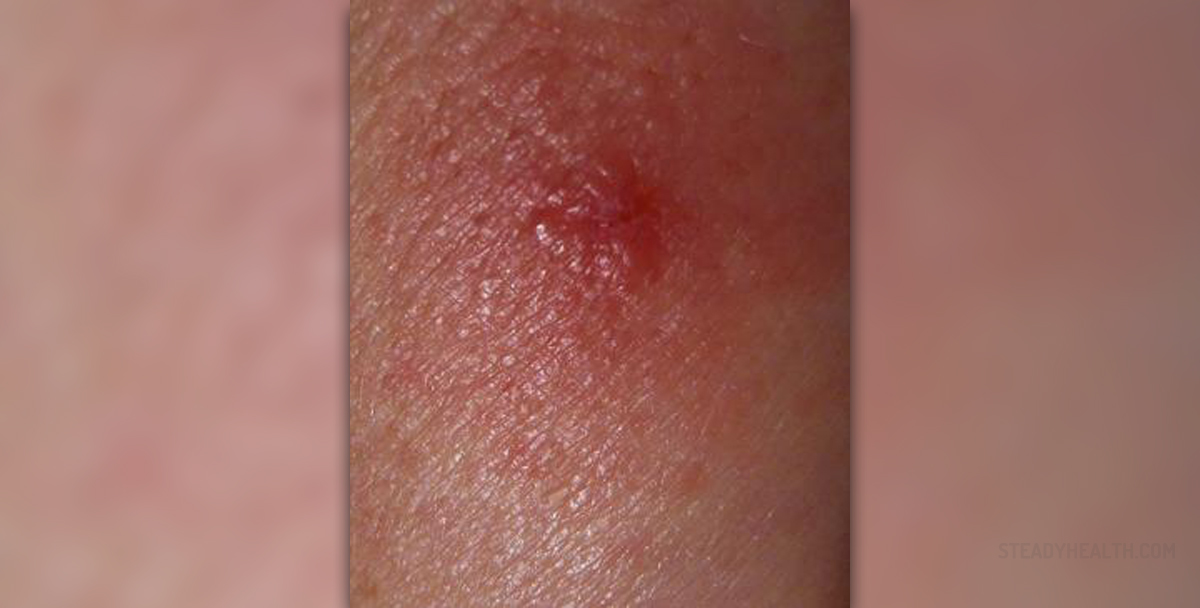
Many people don’tseem to get too worried about human bites and treat them as something trivialand insignificant. As a result, they are not properly examined nor treated and,thus, roughly 10 to 15 % bite wounds get infected.
Human saliva is full of organisms, 100,000,000 organisms permL, which represent 190 different species. Moreover, a lot of diseases aretransmittable through human saliva, such as hepatitis B, hepatitis C, herpessimplex virus, syphilis, tuberculosis, actinomycosis ,tetanus and even HIV,which is still more possible in theory.
Human bite wounds can be manifested as 2 different entities.The first one is clenched-fist injury. Itcomes about when a closed fist hits teeth of another person thus creating asmall wound normally situated on the surface of the middle finger. This injuryoften results with joint penetration, metacarpal fracture, and extensor tendonlaceration and, infrequently, with digital nerve or digital artery injury. These wounds are considered to be the mostserious bite wounds and thus have to be treated assertively. The second are occlusive bites. They happenwhen teeth bite a body part. These are considered to be very dangerous whenthey are made on the hand due to the greater infection rate.
Nevertheless of the method, human bites deserve specialattention because of the composition of the human saliva which is full of oralflora filled with aerobes and anaerobes. Aerobes include Eikenella corrodensand Staphylococcus, Streptococcus and Cyrnebacterium species. They cause severeinfections. In addition to infections, there is a great risk of transmission ofmany critical diseases, such as hepatitis B due to the visible antigen in theirsaliva and sometimes HIV.
Not many human bites are reported. 60% of the reported biteshappen on the dominant extremity. Head and neck injuries are typical on theears, nose and lips. Still, today, only extreme cases need drastic measures,such as amputation, however, frequent results can be permanent functional and surfacemutilation.
Clenched fist injuries are typically in male injuries while occlusiveinjuries occur among the toddlers and rarely become infected. When asked how theinjury occurred most patients refuse to answer due to the embarrassment.However, a detailed history of the injury is typically required. Moreover,physical attention even I required. Attention should be turned towards the woundbecause the assessment can be sometimes difficult which results with inaccuracy.Hand injuries are the most difficult and requires a special attention.


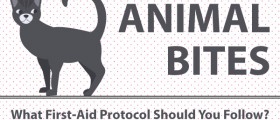

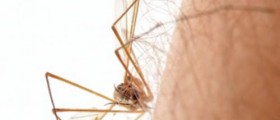
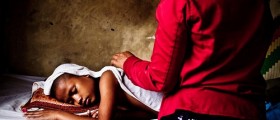

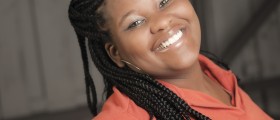
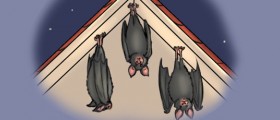
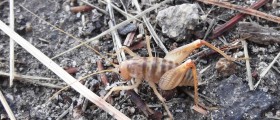

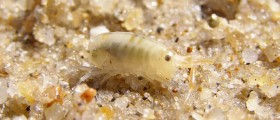
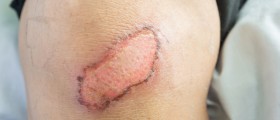
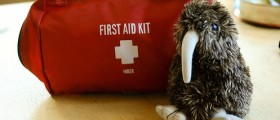


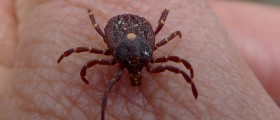
Your thoughts on this
Loading...